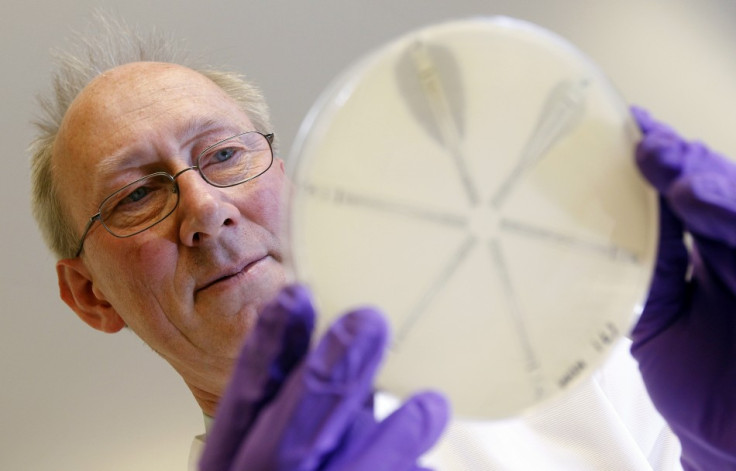Antibiotics Use Surges Globally Leading to Superbugs

India has emerged as the world's largest consumer of antibiotics with a 62% increase in use over the last decade, according to a Princeton University study. Globally, antibiotic use has risen by 36% during the period.
An average Indian has been found to be popping over 11 antibiotic pills a year. India's antibiotic use went up from 8 billion units in 2001 to 12.9 billion units in 2010.
One of the authors of the study, Ramanan Laxminarayan told TOI, "Indians consume around 11 antibiotic tablets per year. That's five days of antibiotics for every person in the country... However both India and China's numbers are lesser than the Americans who on average pop 22 antibiotic pills a year. The paper confirms that global use of antibiotics is surging, and especially in India."
The team expressed concern about the use of last resort, powerful drugs like carbapenems which has gone up significantly in India.
The study "Global Trends in Antibiotic Consumption, 2000-2010," by scientists from Princeton University found that five countries — Brazil, Russia, India, China and South Africa (BRICS) — were responsible for more than three-quarters of that surge.
Among the 16 groups of antibiotics studied, cephalosporins, broad-spectrum penicillins and fluoroquinolones accounted for more than half of that increase, with consumption rising 55% from 2000 to 2010.
The study has also confirmed an increasing resistance to carbapenems and polymixins, two classes of drugs, long considered the last resort antibiotics for illnesses without any other known treatment.
At least 2 million people get infected with antibiotic-resistant bacteria each year, resulting in at least 23,000 deaths, according to the US Centres for Disease Control. The World Health Organization has called antibiotic resistance a major global threat to public health.
According to a new WebMD/Medscape survey, some 95% of health care professionals say they sometimes prescribe antibiotics to patients even when they aren't sure they're needed.
While most patients understand the concept of antibiotic resistance, they still think the drugs will help them feel better and get them back to work as soon as possible. As many as 85% of patients say they requested antibiotics because they felt it would cure their illness, and 65% say they asked for them in order to feel better quickly.
British prime minister David Cameron recently jumped into the global fight against superbugs and warned that the world could be "cast back into the dark ages of medicine" where people die from treatable infections because deadly bacteria are becoming resistant to antibiotics.
Cameron has now announced an independent review led by world renowned economist Jim O'Neill to identify why the international market has failed to bring forward new antibiotics. The PM called for governments and drug companies around the world to work together to accelerate the discovery of a new generation of antibiotics.
Professor Dame Sally Davies, chief medical officer for England and chief scientific adviser for the Department of Health, London said, "The soaring number of antibiotic-resistant infections poses such a great threat to society that in 20 years' time we could be taken back to a 19th century environment where everyday infections kill us as a result of routine operations."
WHO revealed that resistance is occurring across many different infectious agents especially in seven different bacteria responsible for common, serious diseases such as bloodstream infections (sepsis), diarrhoea, pneumonia, urinary tract infections and gonorrhoea.
Antibiotic resistance causes people to be sick for longer and increases the risk of death. For example, people with MRSA (methicillin-resistant Staphylococcus aureus) are estimated to be 64% more likely to die than people with a non-resistant form of the infection. Resistance also increases the cost of health care with lengthier stays in hospital and more intensive care required.
© Copyright IBTimes 2024. All rights reserved.





